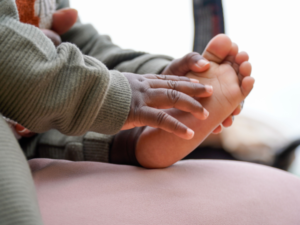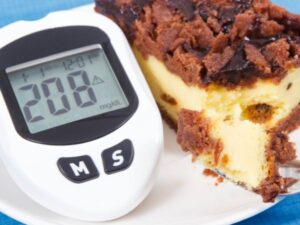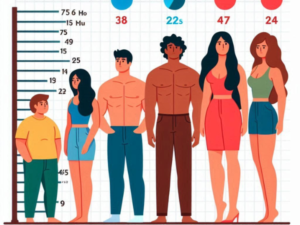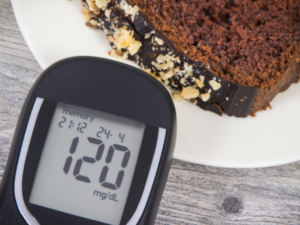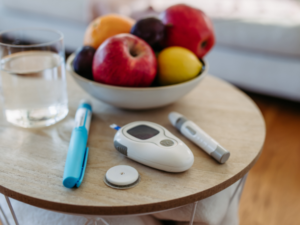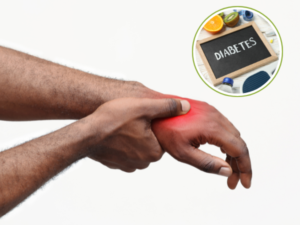Don’t Be Embarrassed! Learn the Facts About Pubic Lice
Pubic Lice (Pthirus pubis) are small insects that live in the hair follicles of humans. Pubic lice are not harmful to people unless they become infected with the human papillomavirus (HPV). When these tiny parasites enter the body, they attach themselves to the skin’s surface and lay eggs. These eggs cause irritation and itchiness at the site of infection.
Pubic lice are small parasites that live off human blood and have long been associated with promiscuity. There are three types of lice known as pediculosis cuniculi (the rabbit louse), head lice, and crab lice (Pediculus humanus capitis). Pubic lice are commonly spread through sexual contact, however, they may also be passed along via towels or clothes.
It is often confused with crabs, ticks, fleas, mosquitoes, bed bugs, head lice, and scabies. However, pubic lice are different than any of those creatures. While some of them may look similar, none of them belong to the same family as pubic lice.
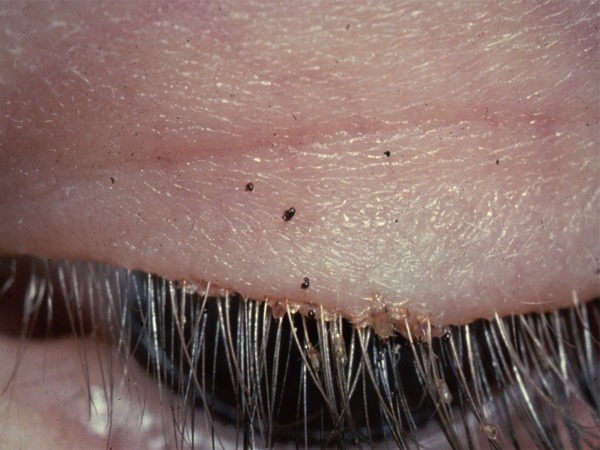
Pubic louse infestation occurs when a person comes into contact with someone who already has the parasite. If a person does not have pubic lice, he or she cannot get them. People who do not wash their genitals after having sex with others are likely to contract pubic lice.
In addition, if a person shares towels, sheets, clothing, or other items between partners, then he or she could spread pubic lice. Also, sharing personal hygiene products such as razors, combs, deodorants, and toothbrushes can lead to the spreading of pubic lice. Children are especially vulnerable to getting pubic lice. Infestations among children occur mainly due to poor hygienic practices.
There are two types of lice: head and body. Head lice are small insects about 1/8 inch long. Body lice are larger than head lice, and are often mistaken for fleas. Both types of lice attach themselves to hair follicles using their mouthparts called stylets. Once attached, they suck blood until they become full. When they’re ready to move on, they detach from the host’s skin and jump away.
Head lice tend to be less active at night, while body lice prefer daytime hours. If you notice any unusual bumps or rashes on your body, check yourself thoroughly for these tiny bugs. You may want to consider getting tested if you think you might have them.
The Cause
Pubic Lice (or Crabs) are tiny parasites that live off human blood. They have been around since ancient times, but only recently became a problem due to the increase in sexually transmitted infections. Pubic lice are spread mainly by sexual contact, although they can also be passed from mother to child. These are small parasites that live inside the hair follicles. Pubic lice are caused by two species of parasitic insects known as Trichomonas vaginalis and Pthirus pubis. These tiny creatures enter the body through sexual contact and lay eggs in the genital area. Once they have entered the skin, they begin feeding off the blood supply until eventually killing their host.
Symptoms Pubic Lice
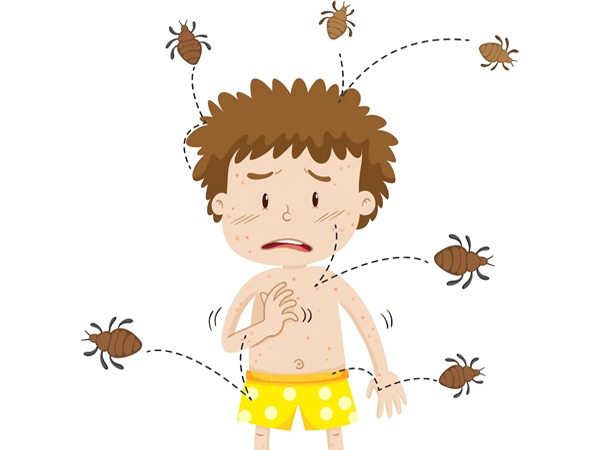
The first symptom is itching around the genitals. Other symptoms include rash, crusting, and bleeding. Head lice may also cause a rash under the skin near their bites. If you notice a rash or bumps anywhere else on your body, especially if it comes and goes, then you should go to a doctor immediately.
- Itchy skin
- Red bumps under arms, between legs, and/or on genitals
- Small red bumps may appear on the head, neck, shoulders, back, buttocks, thighs, knees, ankles, feet, hands, etc.
- Lice eggs can remain dormant in the body for years before becoming active again.
- The only way to get rid of it is to treat the person’s entire body with an over-the-counter medication called Permethrin.
The Treatment
There are many different ways to prevent PL including washing your hands frequently and using insect repellent. Wash your clothes regularly and check them carefully for nits. You can use hot water to get rid of nits easily. To treat this condition, wash your entire body thoroughly with soap and warm water. Use an anti-bacterial shampoo and conditioner to kill nits and remove them. Be sure to dry yourself well after cleaning.
Showering: The best way to get rid of pubic lice is to shower thoroughly. Wash any clothing or bedding that may have germs and contamination. Use soap and hot water to wash the body. Do not use dryer sheets or fabric softeners. Dry clothes immediately after washing. If possible, do not wear tight-fitting underwear. Launder regularly (at least once a week) to prevent re-infestation.
Medication: Medications work best if taken at the first sign of infection. There are three types of medication. You should apply topical medications directly to the skin. You should swallow oral medications. Systemic medications enter the bloodstream and affect the entire body. You should take a combination of topical and oral medications.
Home remedies: Home remedies can help treat lice infestations. Try these tips:
- Make sure that your home is clean. Wipe down surfaces frequently.
- Keep children away from each other.
- Change their clothes daily.
- Wear loose-fitting pants and shirts.
- Bathe and shampoo daily.
- Avoid sharing razors.
- Check pets’ fur for lice.
- Treat pets.
- Don’t share personal items.
- Stay away from public places.
The Risk Factors

Exposure to someone with pubic lice is the primary risk factor for contracting the disease. Other risk factors include sharing personal items, including towels, bedding, and clothing. Furthermore, having sex with someone who is not using a medical shampoo may increase the possibility of contracting pubic lice.
Final Takeaway,
The best way to get rid of pubic lice is to use a good quality product that contains permethrin. Permethrin is an insecticide that kills both adult and immature forms of pubic lice. There are many different products containing permethrin that can help treat pubic lice. It is best to apply products directly to the skin where lice reside to kill them.
Permethrin works by disrupting the nervous system of the lice. Once the lice are dead, their bodies fall off the host’s skin. If you do not want to use a topical treatment, you can apply permethrin-containing lotion or shampoo to the affected areas. If you suspect that you might have pubic lice, contact your doctor immediately. Your doctor will perform a physical examination and may recommend using a special tool called a mirror to check for lice. You may need to visit a clinic or hospital for further testing.

